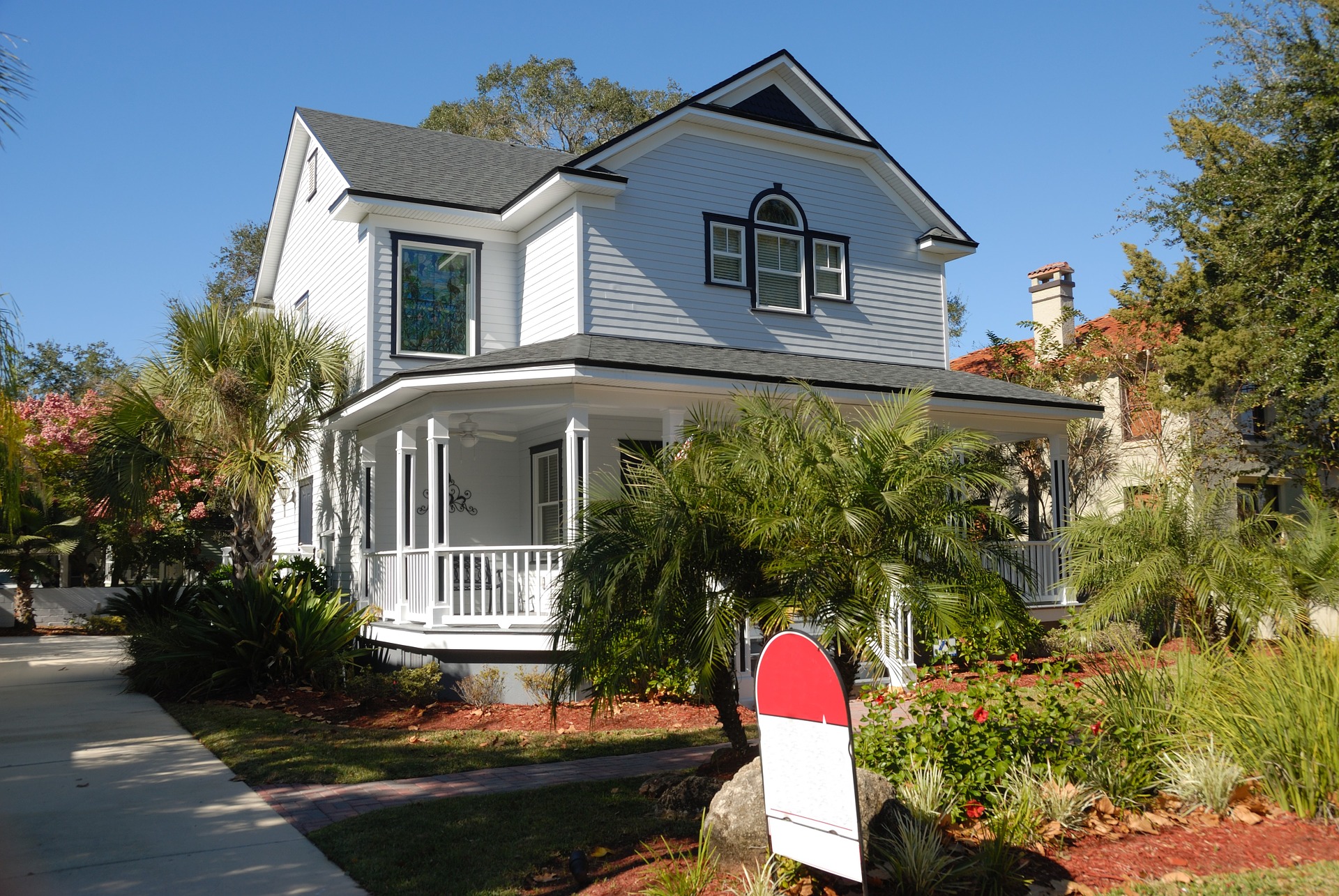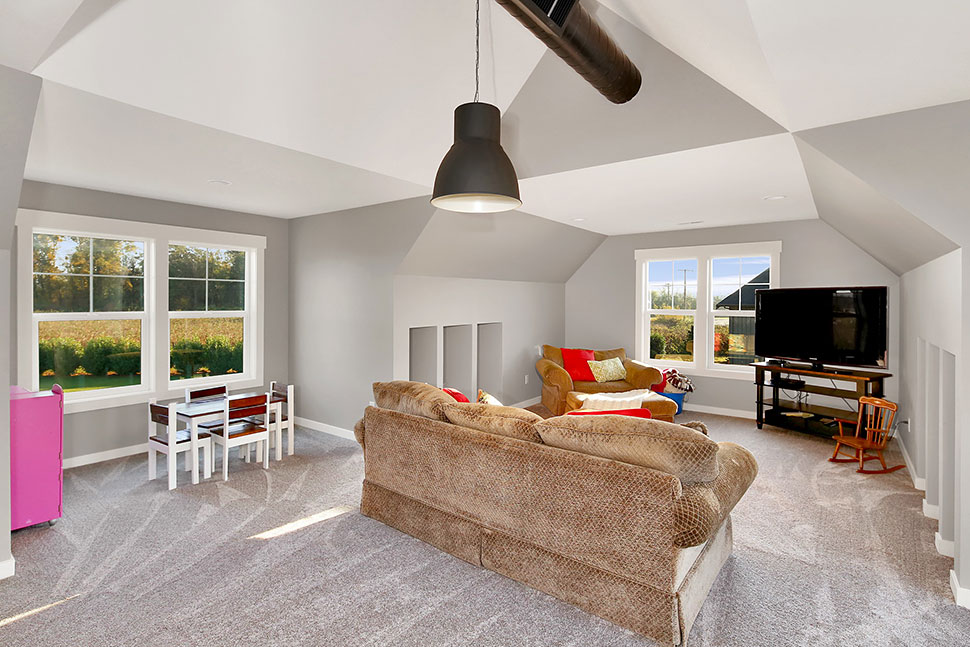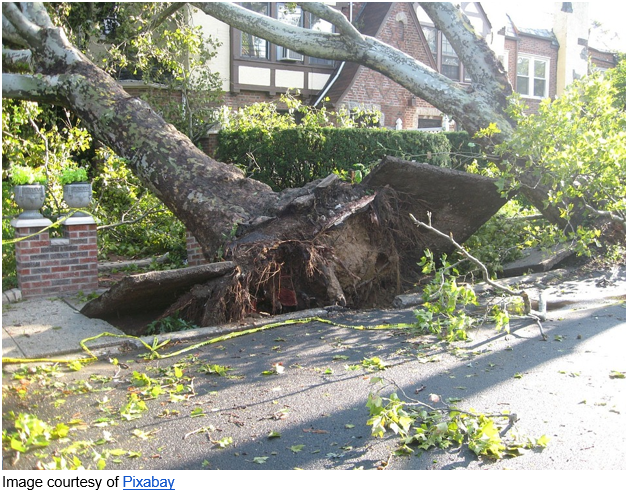Being Well Insulated
You know it’s there, but you rarely give it a thought-unless the temperature inside your house won’t stay at a comfortable level.
We’re talking about the insulation in your home’s walls, attic, and beneath its floors. If there’s not enough insulation, it can be added to an existing home. However, the best time to make sure your house is thoroughly insulated is during construction.
The U.S. Department of Energy estimates that heating and cooling make up 50% to 70% of energy use in the typical American home. Inadequate insulation and air leakage can cause much of this energy to escape, leading to high utility bills. For the sake of the environment, your wallet, and your family’s comfort, make the proper insulation of your new home a top priority… To read more, Click Here.
How Does it Work?
Most home insulation is a fluffy material like fiberglass or cellulose that holds in pockets of air and slows the passage of both heat and cold. Although the proper insulation will do a good job of keeping your house warm in the winter and cool in the summer, it can’t do it alone. Air moving through the walls will rob the insulation of much of its ability to insulate. To keep moving air out, your house must have an air barrier between the insulation and the siding to allow water vapor to escape, but prevent air from getting in.
But insulation and air barriers can’t do it all. In colder climates, the wall insulation has to be sandwiched between the air barrier and an interior vapor barrier, which usually is simple plastic sheeting. Air and vapor barriers then work together to make sure the insulation does its job properly. The vapor barrier keeps water vapor (from washing and drying, cooking, showering, breathing) inside the house, where it can be properly vented.
The measurement of insulation ability to resist heat flow is called its R-value. This number can differ due to type of material, its thickness, its density, and how well it was installed. Other factors that impact insulation’s R-value include the quality of construction, the other materials that go into the wall such as brick or wood siding, plywood sheathing, drywall, and even paint.
The best time to think about which insulation you will use is during new home construction.
The Basic Types of Insulation
Fiberglass
Fiberglass insulation, which is available in blankets, batts, or as a loose-fill, is the most common insulating material. The glass fibers do not absorb moisture, although moisture vapor can pass through and condense on cold surfaces if proper construction measures are not taken. Although fiberglass is noncombustible, if a flammable kraft facing is used it must be covered with gypsum board. Correctly installed, the lightweight fiberglass does not settle. Fiberglass batts and blankets are designed to fit in the standard spaces between studs and often come with a kraft paper facing that includes a flange for stapling the insulation to the studs, joists, or rafters. Batts are pre-cut to set lengths; blankets are continuous rolls. The R-value of batt fiberglass is approximately 3.1 to 4.5 per inch of thickness. Loose-fill fiberglass is a fluffy substance that conforms to the space in which it is blown. Loose-fill is effective in filling hard-to-reach or irregular spaces. The R-value of loose-fill can range from 2.2 to 2.7 per inch.
Cellulose
Cellulose is fiberglass’ main rival and the environmentalist’s friend. It is also less expensive to produce than fiberglass. Made from recycled wood fiber, chiefly newspaper, cellulose effectively insulates and when really packed into a wall cavity, can even air seal the wall. Cellulose is blown in or poured in, and its small particles snugly fill open cavities, flowing around obstacles such as wires, pipes, or nails. It is chemically treated to withstand fire, corrosion, mold, and even insects and rodents. Cellulose can even help reduce air leakage if it is installed according to the proper density requirements. The R-value of properly installed cellulose is 3.6 to 3.8 per inch.
Foam Insulation
Foam insulation has a range of R-values, from R-4 to R-8 per inch, which is two to three times higher than most other types of insulation. Made from molded expanded polystyrene, extruded polystyrene, or a type of urethane foam insulation is available in spray-on and rigid board forms. Sprayed-on foam insulation expands to fill even the hardest-to-reach spots.
There are potential problems with foam insulation. Some types fall prey to moisture, so installing a vapor-diffusion retarder or caulking around boards may be required. Also, some insects find foam insulation quite habitable and tunnel into it, though some manufacturers treat the foam with an insecticide. And while it is difficult to ignite foam, once it is lit, foam burns quickly and produces dark and heavy smoke.
Sprayed-on foam is usually some type of urethane and is sprayed on wet, quickly expanding to fill the cavity. In addition, a type of liquid foam can be poured into wall openings, where it expands to fill every little nook, making it more effective than its counterparts at stopping air infiltration.





